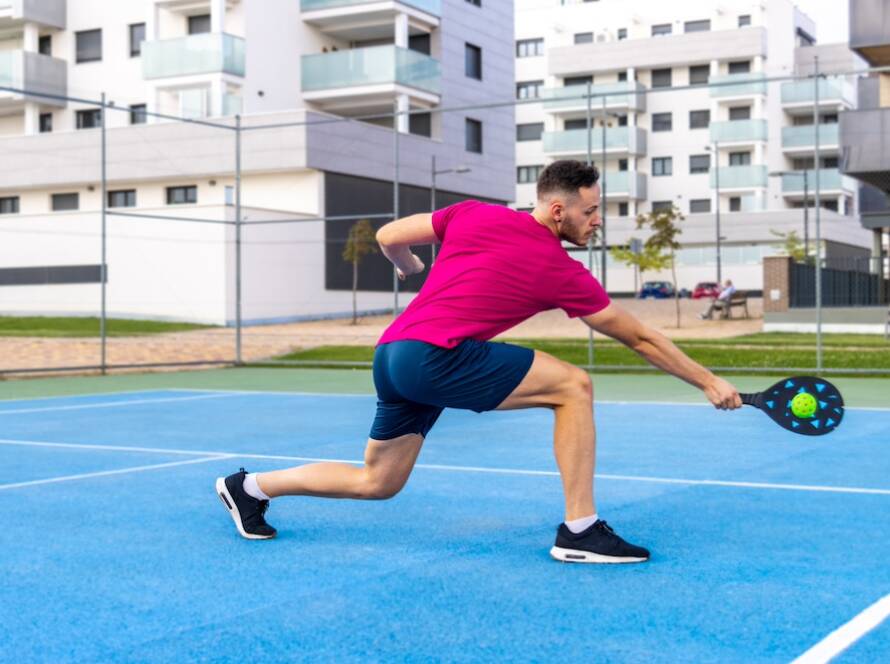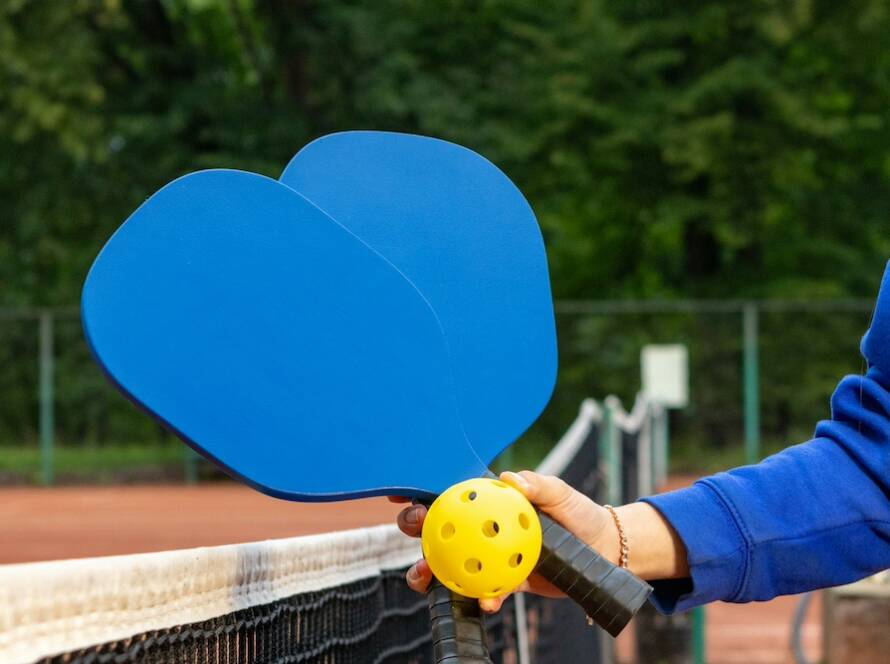Does your pickleball paddle really make a difference between winning and losing, or is it just expensive marketing hype? As the sport explodes in popularity, more players are questioning whether pickleball paddles matter in their gameplay and performance. While some argue that skill trumps equipment, the reality is that choosing the right paddle can significantly impact your control, power, and overall enjoyment of the game. From materials and weight to shape and core technology, modern paddles offer specific advantages that can enhance your natural playing style or compensate for weaknesses. Understanding how different paddle characteristics affect your game is crucial for making an informed choice that matches your goals on the court.
Do Pickleball Paddles Matter? A Complete Guide
The Role of the Paddle in Pickleball
Your pickleball paddle serves as the primary point of contact with the ball, fundamentally affecting every shot you make. As the sport has evolved from its humble beginnings with wooden paddles, modern technology has introduced sophisticated designs that can enhance specific aspects of your game.
The paddle’s importance extends beyond basic ball striking – it influences:
- Shot power and control
- Spin generation
- Ball placement accuracy
- Player comfort and fatigue
- Risk of injury
Key Paddle Components That Impact Performance
Modern pickleball paddles consist of several crucial elements that affect play:
Core Material:
- Polymer: Offers balanced power and control
- Nomex: Provides excellent power but less forgiveness
- Aluminum: Delivers consistent performance and durability
Face Material:
- Fiberglass: Enhanced power and spin potential
- Carbon fiber: Superior control and touch
- Graphite: Lightweight with excellent feel
Shape Variations:
- Standard: Balanced performance for all-around play
- Elongated: Extended reach and increased spin capability
- Widebody: Larger sweet spot for improved control
Weight and Balance Considerations
Paddle weight significantly impacts playing style:
Lightweight (7-7.8 oz):
- Faster reaction time
- Reduced fatigue
- Better maneuverability
Midweight (7.8-8.3 oz):
- Balanced power and control
- Suitable for most players
- Good stability
Heavyweight (8.3+ oz):
- Maximum power
- Enhanced stability
- Requires more strength
Matching Paddle to Player Level
Beginners should focus on:
- Mid-weight paddles (7.8-8.3 oz)
- Larger sweet spots
- Balanced power and control
- Standard shapes
Intermediate players benefit from:
- Specialized weights based on playing style
- Enhanced spin capability
- More precise control features
Advanced players often prefer:
- Specialized paddle characteristics
- Customized weight distribution
- Premium materials for maximum performance
How to Choose the Right Paddle
Follow these steps to select your ideal paddle:
1. Assess your playing style:
- Aggressive baseline player
- Strategic dink specialist
- All-around competitor
2. Consider physical factors:
- Arm strength
- Previous injuries
- Stamina level
3. Test different options:
- Demo programs
- Borrow from other players
- Visit local pro shops
4. Evaluate paddle characteristics:
- Weight and balance
- Grip size and comfort
- Core and face materials
Common Misconceptions
Many players misunderstand paddle selection:
Myth: Expensive paddles automatically improve performance
Reality: The right paddle for your style matters more than price
Myth: Heavier paddles always provide more power
Reality: Power comes from proper technique and paddle-player match
Myth: One paddle works for everyone
Reality: Individual playing styles require different paddle characteristics
Advanced Considerations
For experienced players, minor details matter:
- Sweet spot location and size
- Edge guard design
- Handle length
- Surface texture
Performance factors to consider:
- Paddle dead spots
- Sound feedback
- Vibration dampening
- Weather resistance
Citations
Want to learn more about choosing the right paddle for your game? Visit the Pickleball Athletic Club or contact us for personalized recommendations and paddle demos.


